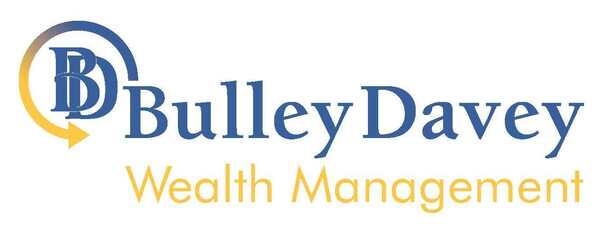Most of us have the desire to see our children and grandchildren financially secure, perhaps even being able to enjoy a standard of living that wasn’t available to us when we were starting out in the world. You might have started saving for their future, but have you done it in the most efficient way possible?
In this blog post, we’ll take you through some of the investment opportunities available to you that will help make the money you save go a lot further – and no, it’s not just about ISAs (although they are certainly part of the picture). You’ll learn how to start saving for your kids and grandkids in a way that will truly benefit them.
Junior ISA
Let’s begin with the saving/investment vehicle you’ve probably heard about already: junior ISAs (individual saving account). A very popular strategy for parents and grandparents, these accounts shield any interest, dividends or capital gains earned through it from income tax and capital gains tax. That offers you a way to save in a tax-efficient manner.
The limit on what you can put away into a junior ISA is £9,000 a year. Remember that all money is locked away until the child turns 18 and funds cannot be withdrawn until that time. When the child reaches 18, the account automatically converts into an adult ISA, and they will gain full control of the funds.
Junior SIPP
A junior SIPP (self-invested personal pension) is a type of pension into which parents and guardians pay on their child’s behalf. It isn’t usually accessible until age 55 (rising to 57 in 2028 and likely to rise further in the future).
As of the 2024/25 tax year, you can add up to £3,600 to a junior SIPP every tax year, with tax relief added by the government at 20%. In practice, that means you can currently pay in up to £2,880, as the government will add £720 (20% of £3,600).
There are other tax benefits of a junior SIPP, including the following.
- Tax-free investment: Money in a junior SIPP is free from income and capital gains tax.
- Inheritance tax savings: Making payments to a junior SIPP could help to reduce inheritance tax bills.
Bare trust account
A trust is a legal arrangement where one party, the trustee, holds and manages assets on behalf of another party, the beneficiary. A bare trust is the simplest type, closing off money and assets in the trust from access until the beneficiary turns 18 (16 in Scotland).
If the trust generates income (such as interest or dividends), it’s taxed as the beneficiary income. If this exceeds the beneficiary’s personal allowance, they will need to pay income tax. The good news is that, unlike junior ISAs and SIPPs, you can pay as much as you want into a bare trust.
Another advantage of bare trusts is that they are usually outside the donor’s estate for inheritance tax purposes. This means that the value of contributions won’t be taxed, unless you make them within seven years of your death (this is known as the seven-year rule).
Consult with a financial adviser
Today, we’ve provided you with some great strategies that will help you save money for your children or grandchildren. Now, you need to work out how you can put it all together to save as much as you can for your family while making your money work well for you today. To do that, you ought to follow our most powerful piece of advice: get in contact with a financial adviser who can work with you to create a proper strategy.
Bulley Davey are expert financial advisers who are ready to help you achieve your goals. To get yourself on track to achieving them, you just need to get in touch with us today.
Note:
- The value of your investment may go down as well as up.
- The Financial Conduct Authority do not regulate trusts.
